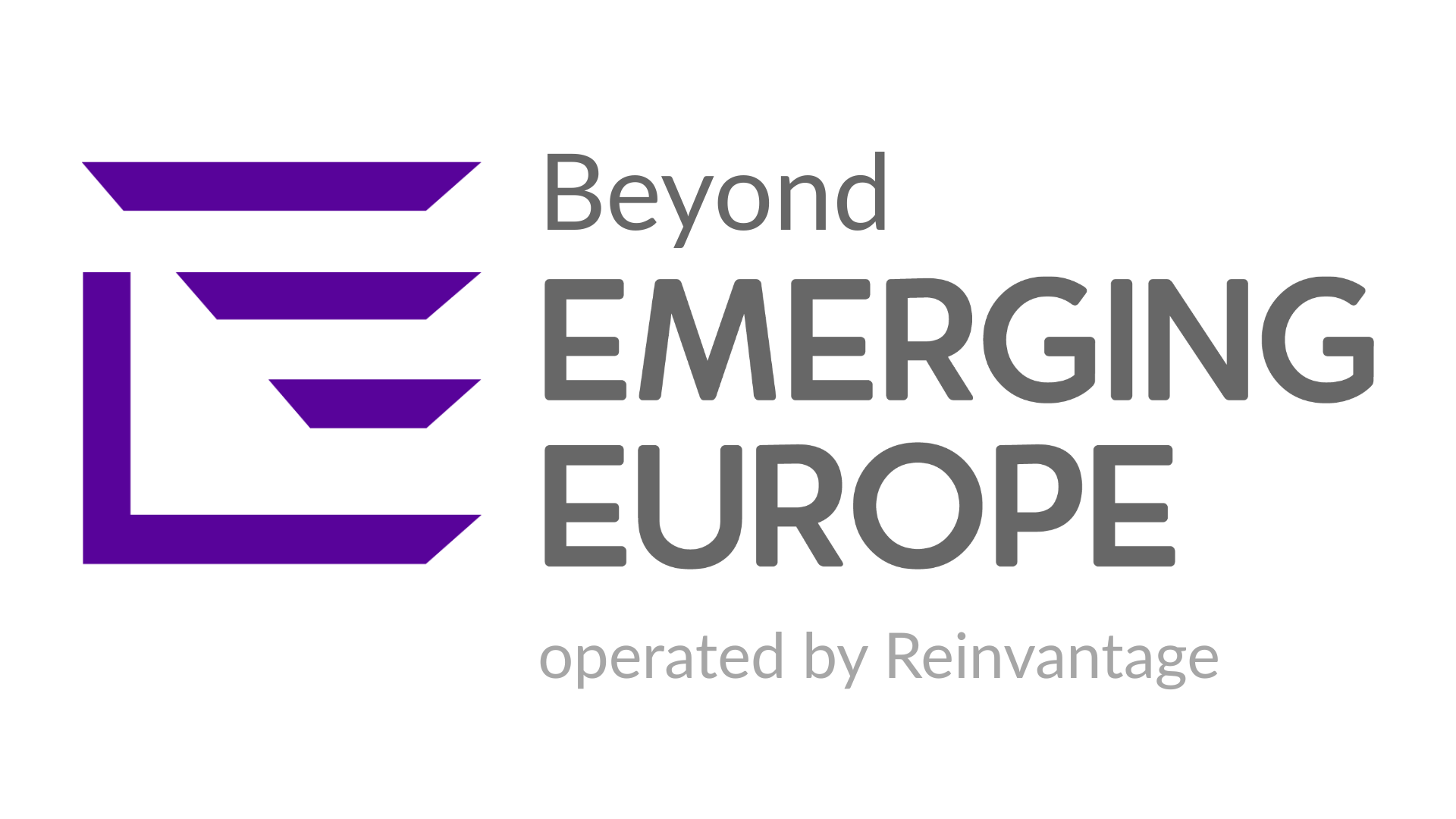Disruption is no longer a series of events; it’s a condition. And while most people recognise that change is constant, fewer are equipped to work with it in real time.
Reinvention is becoming a popular word. Companies build strategies around it. Individuals pursue it as a way of staying relevant. Entire sectors now frame change as a virtue rather than a threat. And yet, despite all this, something still doesn’t quite add up.
Too often, reinvention is treated as an internal process—as though transformation can happen without truly engaging with what’s shifting outside the room.
But reinvention doesn’t occur in isolation. It requires context. It requires proximity to what’s changing—not in theory, but in practice.
Disruption is no longer a series of events; it’s a condition. And while most people recognise that change is constant, fewer are equipped to work with it in real time.
That’s why moments that invite shared reflection, such as the Reinvention Summit—across sectors, perspectives, geographies—matter more than ever. Not for the comfort of consensus, but for the discipline of staying informed. Because we’re not just preparing for disruption anymore. We’re living inside it. And most of it is unfolding quietly, without headlines or fanfare.
The shift isn’t always dramatic. Sometimes it’s a slow breakdown of familiar systems. Sometimes it’s a new consumer expectation. Sometimes it’s a line of code that reshapes an industry overnight.
By the time a disruption is obvious, it’s already priced in. Which is why reinvention can’t be a one-off response. It must be a habit of attention.
You don’t need to chase every signal. But you do need to stay close enough to the edge of change to notice what’s slipping through the cracks.
The most resilient leaders I know don’t assume they’re up to date—they build in time to update themselves. They ask: What are we no longer seeing clearly? What assumptions are we carrying forward, unchallenged? What have we stopped questioning, simply because we’ve grown used to it?
Asking better questions
That process—of scanning, listening, staying open—isn’t glamorous. It rarely leads to instant clarity. But it creates the conditions for reinvention to be grounded, not performative.
And that matters. Because a strategy built on outdated assumptions is no strategy at all.
You don’t have to attend every gathering, read every paper, or predict every trend. But you do need a way to stay connected—to people, to shifts, to signals that don’t yet have a name.
Because disruption doesn’t arrive with a press release. And reinvention doesn’t work if you’re always reacting from behind.
It’s not about having the right answers. It’s about staying close enough to the change to ask better questions—while it’s still unfolding.
That’s what makes the difference between those who adjust, and those who lead.
And in a world that doesn’t pause to give context, we have to learn to find it ourselves.
Photo: Dreamstime.


Add Comment